Our economic recovery is a long, slow road
How will we reset a culture that believes we can have it all without any pain?
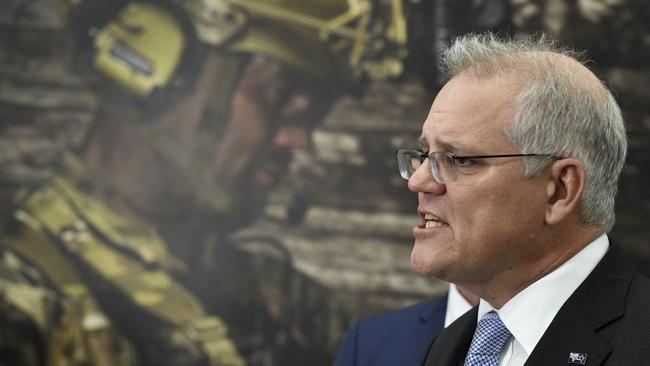
First, the good news. With each step down in the unemployment rate we are closer to a rise in interest rates and a fiscal fix-up, via tax rises and spending cuts, or maybe simply through the magic of go-go growth.
That may not sound like good news, but it would indicate a semblance of a new economic order, so we could abandon emergency settings, like near-zero interest rates and colossal budget deficits, such as this year’s $161bn. Those days are a few years away.
A swirl of economic signals amid the pandemic grind, and competing political narratives, makes it difficult to plot the immediate future, especially for those facing big decisions, such as buying a house or investing in new plant and equipment.
Making those steps more uncertain is complacency on the vaccine rollout, a virus infecting the public via our superspreader politicians. The longer it takes to get the job done, the more we eat our future and fall behind the game in earning our way in the world.
Thursday’s April labour force figures were a chance to accentuate the positive. After statistical recalibration by the ABS, the jobless rate fell from 5.7 per cent in March to 5.5 per cent last month. Officials had prepared us for a possible headline shocker after the end of JobKeeper on March 28.
More than a million workers were receiving the wage subsidy, which had gone through several downward iterations, when it ceased. Treasury estimated between 100,000 and 150,000 workers would lose jobs. In the end, according to single-touch payroll data, between 16,000 and 40,000 former JobKeeper workers lost employment. The number transitioning to the dole or youth allowance has not been substantial.
Indeed, youth unemployment has eased, as has the number of people working zero hours for economic reasons. The underemployment rate (people seeking more hours) has also fallen to its lowest level in seven years. The participation rate fell from 66.3 per cent to 66 per cent last month, but the March reading was the highest recorded.
So much for the “cliff” that had been foreshadowed by those arguing to extend the wage subsidy. But, at a cost of $89bn, the most expensive program in our fiscal history has done its work, even if there are questions about how much actually went into workers’ pockets. In the words of Treasury secretary Steven Kennedy before the latest figures, “the labour market recovery has surpassed most analysts’ expectations”.
As well as assistance to improve business cash flows, the fiscal stimulus kept workers and employers connected and the overall economy pumping over the second half of last year. After a record 7 per cent slump in gross domestic product in the June quarter, output grew by 3 per cent-plus in the next two quarters.
“Fiscal policy has played a large role in driving down the unemployment rate to date and we expect this to continue with the additional stimulus coming through this budget,” Kennedy said in an address to business economists this week. “This should in turn provide greater impetus for real wage growth. The forecast falls in unemployment represent a much faster closure of the output gap than expected at last budget.”
What he means is that during recessions a gap opens between our actual GDP and potential GDP, and that government spending has closed it. But if pushed too far you get overheating and inflation runs out of control. We’re nowhere near there, although in the budget papers Treasury noted our potential growth rate, essentially our speed limit on growth, is going to be European-style slower. In the recent past, our economy grew at an average of 2.75 per cent. Over the medium term, potential GDP is projected to remain below its pre-pandemic “level”.
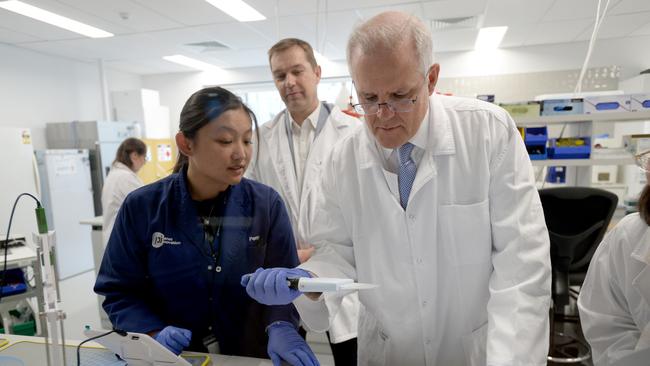
But potential GDP “growth” is estimated to fall below 2 per cent a year. We’ll eventually get wage rises but not the kind driven by productivity improvements, the win-win for everyone.
ABS figures this week showed the wage price index increased by 0.6 per cent in the March quarter, with annual growth of 1.5 per cent, near record recent lows. In the minutes from its board meeting this month, the Reserve Bank wondered whether the nation’s institutions had lost their mojo. Despite strong employment growth, wage rises and inflation could be slower to lift than expected “because of inertia in wage- and price-setting practices”.
Wage freezes are in place in more than a quarter of companies the RBA liaises with to get a feel for the real economy, although this is expected to tumble to 10 per cent by the end of the year. Qantas announced on Thursday it would cut jobs and impose a two-year pay freeze. So wage growth could stay subdued, extending the great stagnation in earnings since 2012.
The RBA’s main game is reducing unemployment to a rate low enough that will spark pay rises “sustainably above 3 per cent”, and that translate into actual consumer price inflation of between 2-3 per cent. According to the minutes, the RBA believes conditions necessary to justify a rate increase are unlikely until 2024 at the earliest.
The bank will keep the cash rate at 0.1 per cent, even if property prices keep rising at ridiculous rates. Sorry, kids, but there’s more. If conditions in financial markets change and the news on unemployment exceeds expectations — the RBA’s “upside” scenario is for a jobless rate of 4.5 per cent by December — then the game changes. Higher borrowing rates sooner.
Commonwealth Bank economists noted the central bank will be happy with this week’s run of data: “To date, things are moving in the right direction and at a pace that if sustained means that the RBA is likely to achieve their twin objectives of full employment and inflation sustainably within the target band earlier than their forecasts currently envisage.”
Somewhat perversely, the May 11 budget has been shrugged off, if not forgotten, by voters. Scott Morrison and Josh Frydenberg have been selling it hard in marginal seats, but the tickle to the hip pocket is harder to discern in an expanding economy saturated with borrowed money. Tax cuts? Same as last year.
A dip in measured consumer confidence post-budget prompted Westpac’s Bill Evans to observe the budget fell short of expectations. “The budget would have been even better received if the government had announced some surprise positive initiatives on the night that were targeted at households,” Evans said.
The simple story of the budget is almost every dollar of the roughly $100bn fiscal improvement since December, due to the iron-ore price surge and economic revival, has been put straight back into the wash through tax cuts and more spending, especially on social welfare. That suits the government’s electoral game plan.
But it is also the direct advice from officials who crafted the Treasurer’s new two-phase fiscal strategy. First, get unemployment below 5 per cent for a sustained period. Second, address long-term fiscal sustainability by growing the economy to stabilise, and then reduce, gross and net debt as a share of the economy.
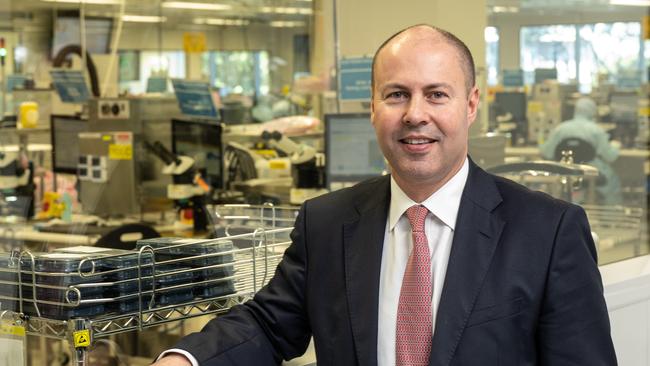
In his speech on Tuesday, Treasury’s Kennedy said the combination of effective COVID-19 health and fiscal policies were behind the stronger-than-expected recovery here. Like New Zealand and South Korea, Australia achieved minimal GDP losses and a very low death rate; Sweden and the US experienced similar falls in output, but at vastly higher deaths per capita. Italy, the UK and Spain had seen the worst of both.
Kennedy said we are still firmly in phase one of the fiscal strategy because of “considerable slack in the labour market”, with few signs of wages and price pressures, plus there is also a “considerable degree of uncertainty about how the pandemic will continue to play out in Australia and internationally”.
How long can we keep borrowing? After four years of recovery, we will have a deficit of $57bn, or 2.4 per cent of GDP in 2024-25. That’s assuming Canberra does nothing to change trends in taxing or spending. After the balanced budget of 2018-19, the six subsequent deficits will total $342bn.
Kennedy is sanguine on fiscal sustainability. The deficit will fall quickly as much of the spending is temporary. Still, after 10 years, the shortfall will be 1.3 per cent of GDP (again, assuming no phase two action by government). Which is neither acceptable nor wise.
Spending is set to stay at historically high levels of 26 per cent of GDP over the decade. Labor would not get away with that and, frankly, neither will the Coalition. This budget bakes in spending on aged care, disability and employment services. Welcome to the new welfare state.
So how to pay for it? Gross and net debt are set to stabilise, but words like “trillion” scare voters, especially younger ones. Debt servicing, too, is in a comfort zone of 1 per cent of GDP over the medium term. We’ve pushed our debt to longer maturities, locking in bargain prices. Inflation will even see real interest paid in negative territory for a time.
But there are risks, says Kennedy, such as higher borrowing costs, and inflation action in the US suggests this is not out of the question. But the Treasury chief says it’s still manageable. There will come a time when we need to accelerate the building of our fiscal buffers, but not yet. Tightening the screws would hurt us now and in the long term, he says.
Still, Kennedy did put into the ecosphere the idea there will be a prudent time to pull back on government spending, which neither side of politics will approach with relish. Each year we’ll have a persistent gap between Canberra’s spending and taxing, which now stands at $40bn-$50bn. This is the size of the task awaiting a custodian with the long-term national interest in mind: to reset a culture that believes we can have it all without any pain.


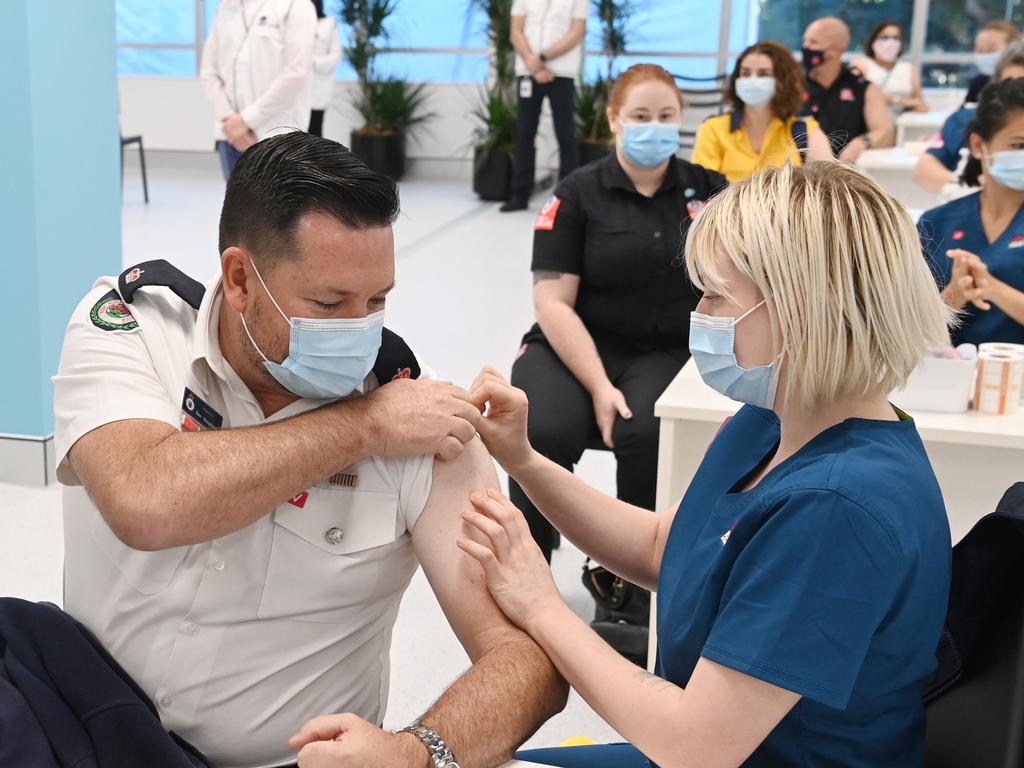
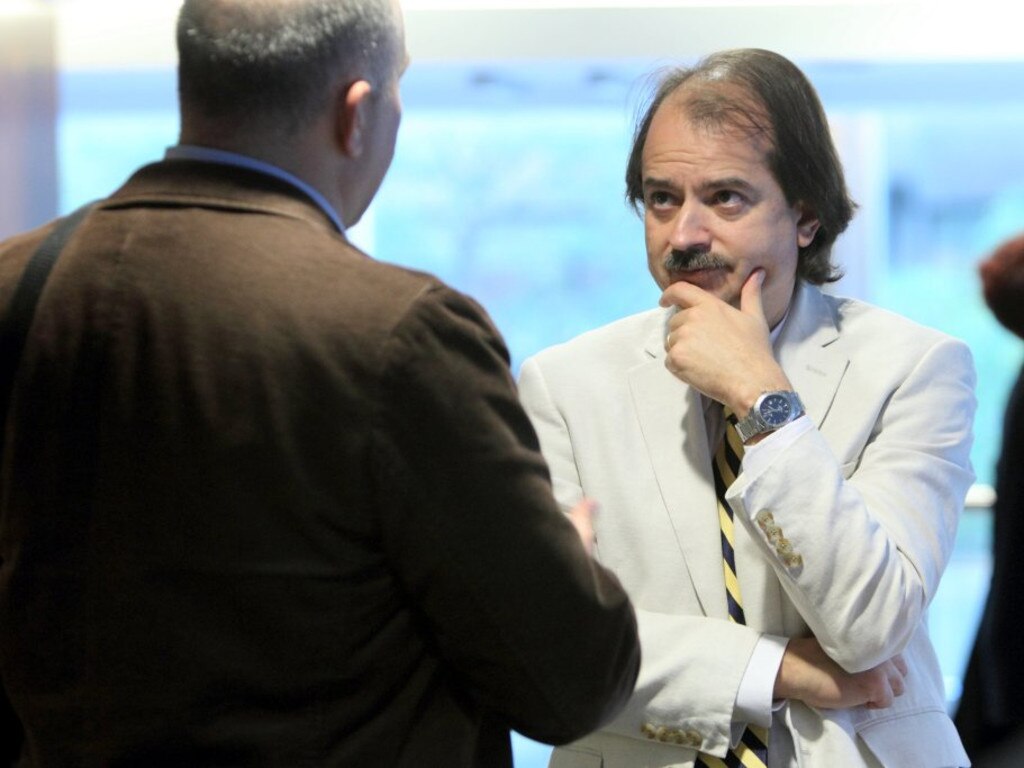
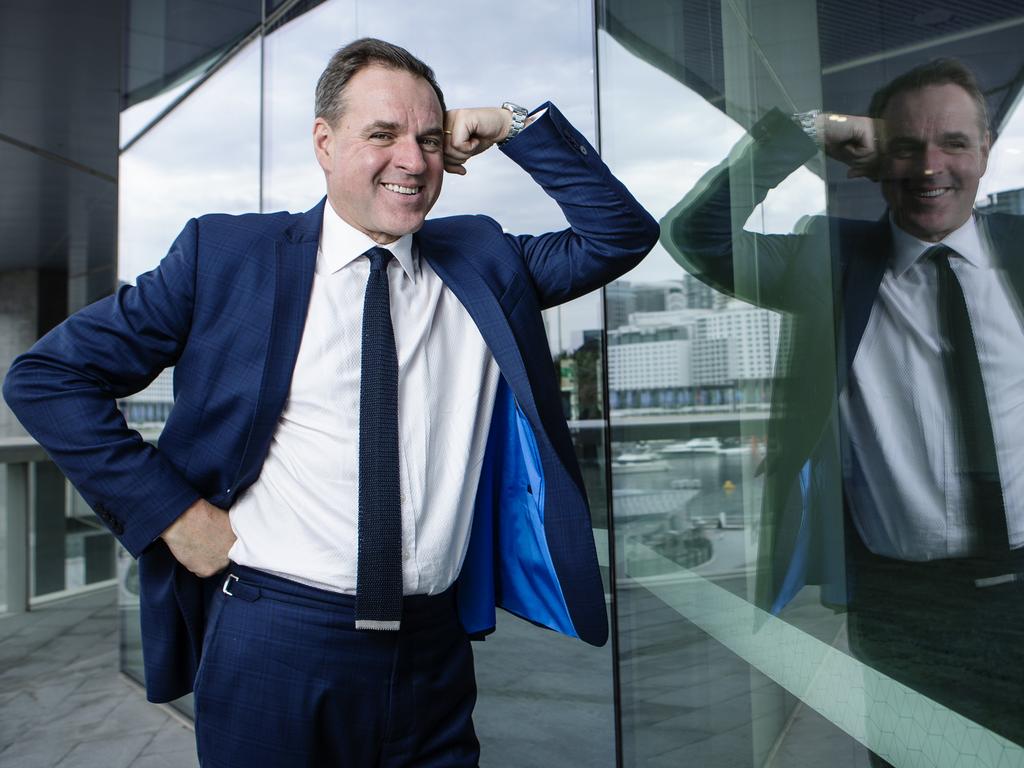

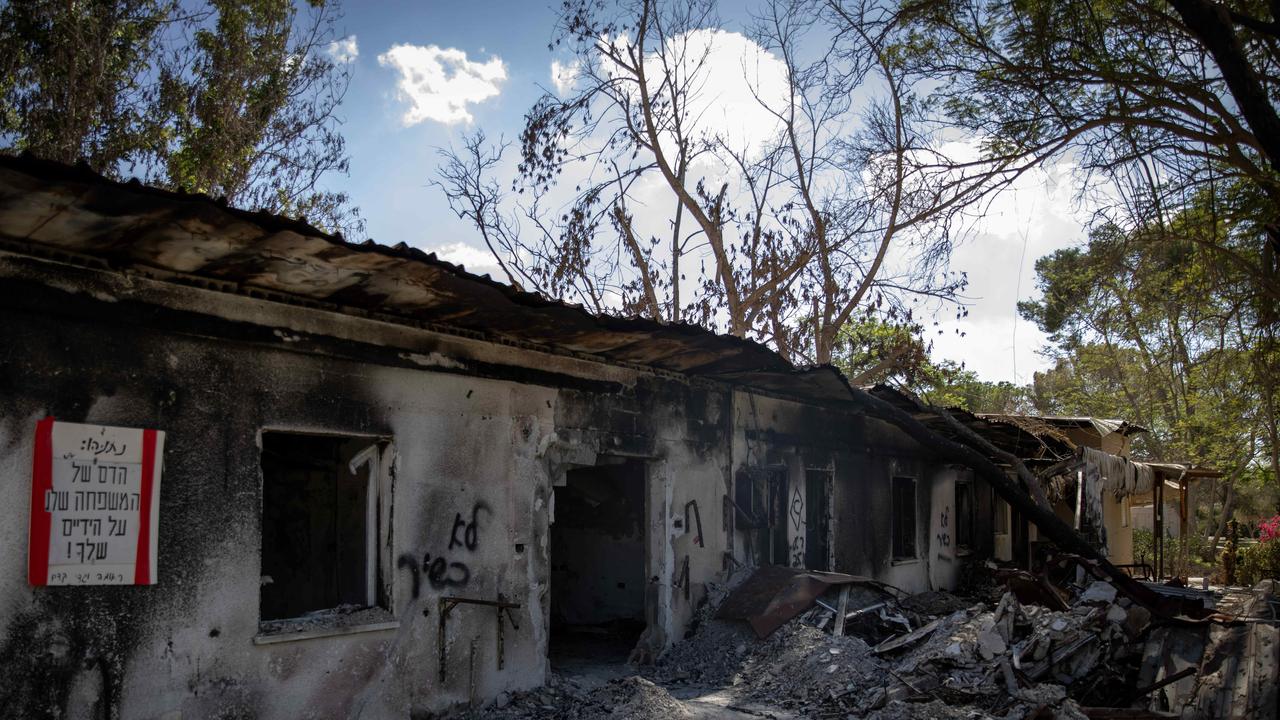

To join the conversation, please log in. Don't have an account? Register
Join the conversation, you are commenting as Logout